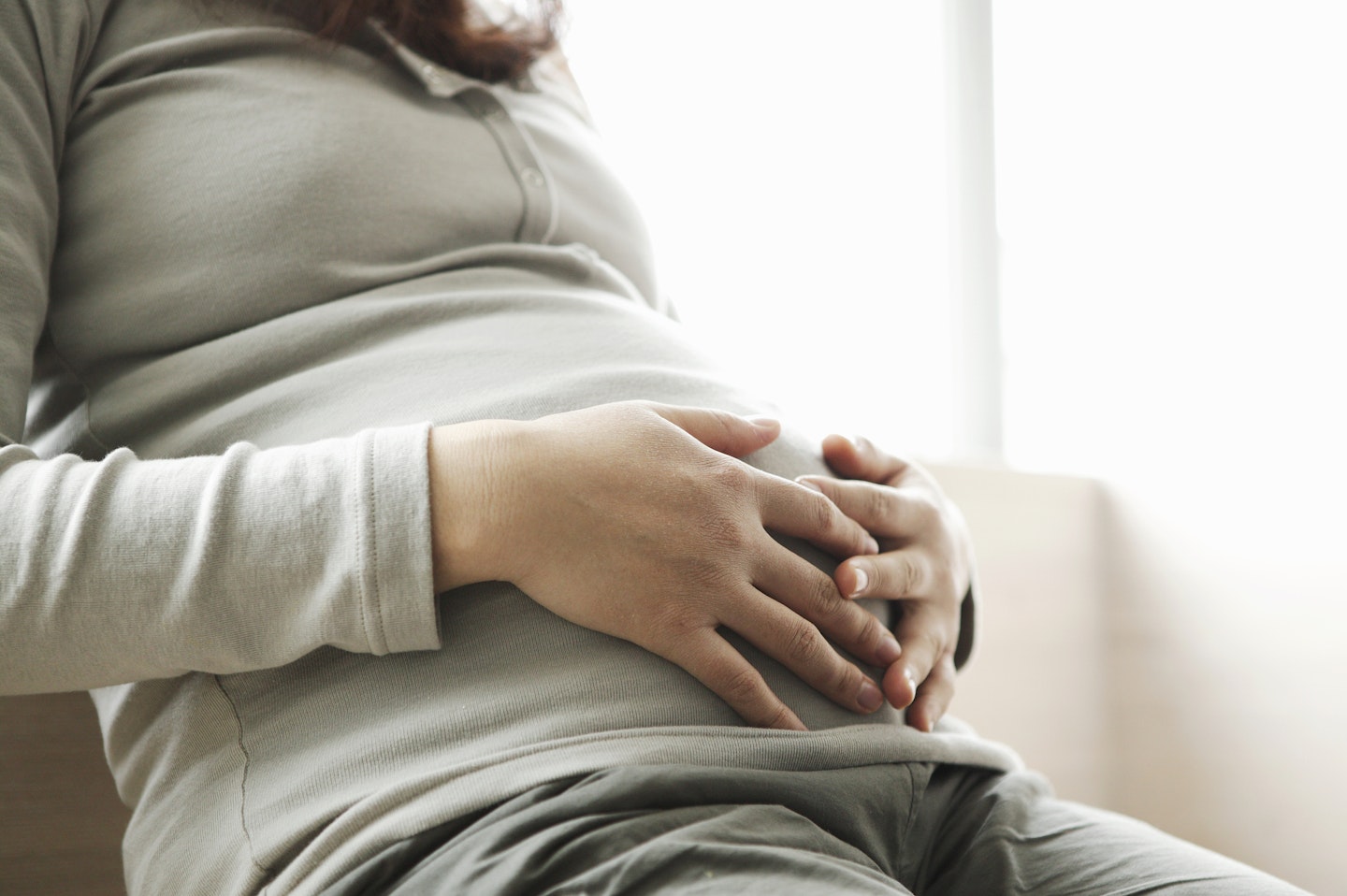Self insemination, also known as at-home insemination, is when a woman inseminates herself with sperm from a donor. It’s cheaper than having treatment at a clinic, but there are a lot of important factors that need to be taken into consideration. We spoke to Rachel Cutting, Director of Compliance and Information at the Human Fertilisation and Embryology Authority(HFEA), to find out more about self insemination.
What is self-insemination?
Self-insemination with donor sperm is when a woman (or her partner) inseminates herself, without a medical practitioner or the need to attend a fertility clinic. The procedure involves placing the sperm into the vagina where the sperm can then travel to the fallopian tubes where an egg may become fertilised. The sperm sample can under exceptional circumstances be supplied from a UK HFEA licenced centre, however, this is very rare, and most will source sperm from another source. Heterosexual couples, who do not have intercourse, can also use the self-insemination method.
Why do people choose self-insemination?
Self-insemination is seen as a cheaper alternative to treatment carried out by a licenced fertility clinic. However, the risks attached to self-insemination with donor sperm far outweigh the benefits. It is vital sperm used is tested for its quality and has been tested as safe to use.
Is it as successful at home as at a clinic?
The HFEA only collects data from treatments undertaken in a licensed centre and these can be found on the HFEA’s Choose a Fertility Clinic tool. However, it is important to remember the sperm sample will have been assessed properly before freezing and when it is used for treatment in a clinic and only sperm deemed suitable for use for insemination will be used. Treatment in a clinic also involves monitoring to ensure insemination is timed to when a woman is ovulating. It is therefore difficult to assess how successful at-home insemination will be.
What are the risks that need to be considered with self insemination?
It’s always safer to have treatment with donor sperm at a HFEA licensed clinic. We do not recommend self-insemination with donor sperm not sourced from a HFEA licenced centre or reputable sperm bank under any circumstances.
Clinics in the UK are required by law to ensure that donors, patients and any future children are protected by carrying out rigorous health tests and offering everyone involved counselling. For example, all egg and sperm donors must be screened and assessed before being accepted as a donor for treatment at a UK fertility clinic. Using sperm not from a regulated fertility clinic or reputable sperm bank may put the women at risk from STI’s or a child inheriting a condition from their donor.
All donor treatment that takes place at licensed fertility clinics in the UK is recorded on the HFEA’s statutory register; this register contains information which can be accessed by donor-conceived people, donors and the parents of donor-conceived children. Another reason why the HFEA encourages patients to have treatment at licensed fertility clinics in the UK is the fact that their donor-conceived offspring will have a legal right to find out information about their genetic origins i.e. information about their donors from the HFEA. At age 18 donor-conceived people can access identifying information about their donor thus enabling them to make contact with their donor should they wish to, and in certain circumstances they can also find out some information about their donor-conceived siblings and using the donor-sibling link facility the HFEA offers, it may be possible for them to contact their siblings.
Important implications

There are some important implications of not having treatment at a HFEA licensed clinic. In the UK, the birth mother of any child is always considered to be the child’s legal parent. However, where donor sperm is used and the couple are not married or in a civil partnership at the time of insemination, the parenthood status of the mother’s partner is not a forgone conclusion. It may even mean that the donor is the legal parent of any child born. Licenced fertility clinics have to ensure that certain important legal and procedural requirements are met before treatment takes place in order to guarantee that the unmarried partner of the birth mother will be the legal parent of any child born as a result of the treatment. When this isn’t the case the non-birth partner will not be the legal parent of any child that is born. It may be necessary for a couple have to go to court to get a Declaration of Legal Parenthood, even if both names appear on the birth certificate.
Legal parenthood matters because it has many implications for parents and their children. Firstly, it impacts on the ability of a person to be recorded on their child’s birth certificate. It is only a legal parent that can be recorded on a child’s birth certificate. Secondly, it is only a legal parent that has financial responsibility for a child. It is therefore important that both parents are in fact the legal parents so that if they split up, both parents continue to have financial responsibility for raising their child. And thirdly, legal parenthood is often linked to whether someone has parental responsibility for a child. Parental responsibility is distinct from legal parenthood and is best described as the rights and responsibilities that a person has in relation to a child. Having parental responsibility gives a person the authority to make decisions about the child’s welfare and upbringing including such important decisions as the child’s education, medical care, the right to choose the child’s name or change the child’s name, permission for the child to travel abroad and decisions relating to the child’s property and belongings. Parental responsibility also has implications where couples split up and wish to continue having access to their child; it can also affect a child’s right to inherit from a deceased parent or claim from their parent’s pension; it may also have implications for the nationality of the child and where in the world the child has rights to live.
If unregulated donor sperm is used there’s no limit to how many children a sperm donor can create. Sperm donors used in treatments at HFEA licenced clinics can only create a maximum 10 separate families.
Who are the HFEA?
The Human Fertilisation and Embryology Authority are the UK’s independent regulator of fertility treatment and research using human embryos. They aim to ensure that everyone who steps into a fertility clinic, and everyone born as a result of treatment, receives high quality care. They licence, monitor and inspect fertility clinics and provide free, clear and impartial information about fertility treatment, clinics and egg, sperm and embryo donation.
